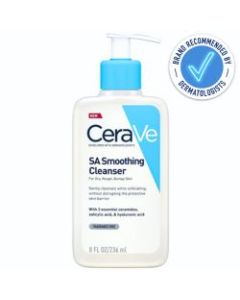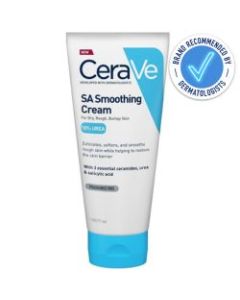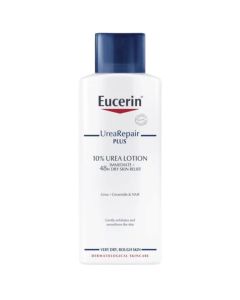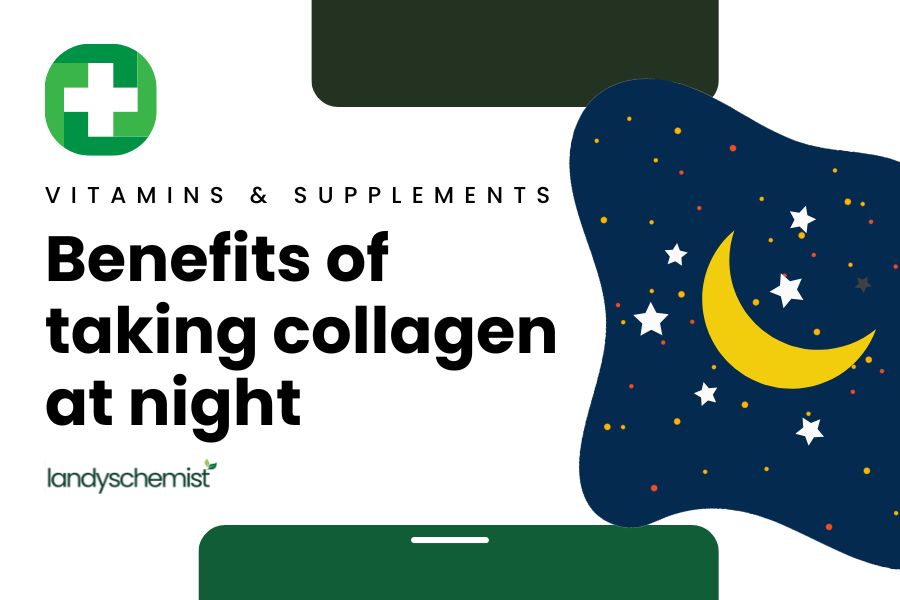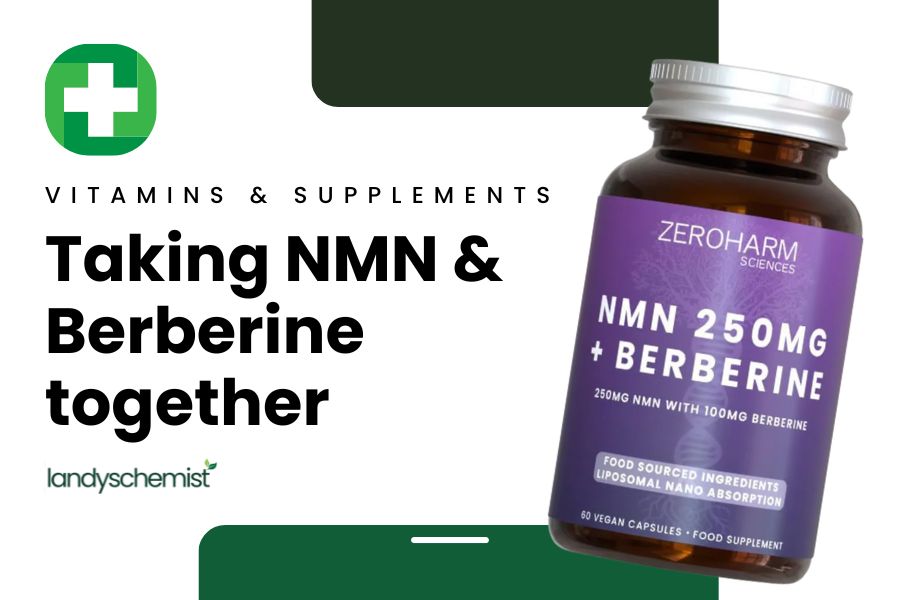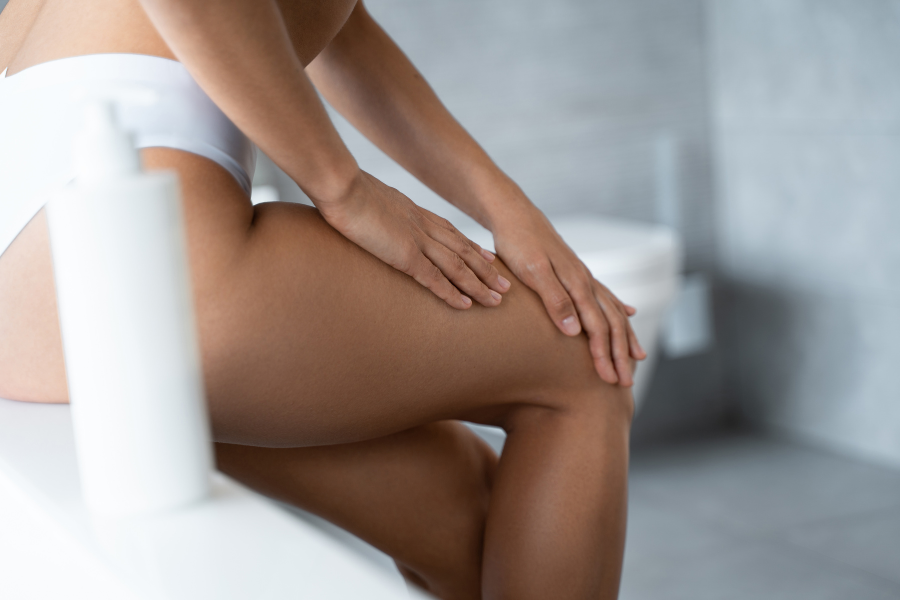
How To Get Rid Of Keratosis Pilaris
What is Keratosis Pilaris?
Keratosis pilaris (KP), also referred to as chicken skin is a common skin condition that is characterised by small, rough bumps on the skin. In fact, it is so common that approximately 40% of all adults have keratosis pilaris. Keratosis pilaris bumps are usually found on the upper arms, thighs, and buttocks, but can also appear on the face, back, and legs. The bumps are caused by the overproduction of keratin, a protein that protects the skin, forming hard plugs within the hair follicles due to blockage. The bumps are often brown, skin-coloured, or red and may be itchy, but they are generally harmless and do not cause any long-term health problems.
What Is The Cause Of Keratosis Pilaris?
There are several factors that may contribute to the development of keratosis pilaris, including genetics, dry skin, and hormonal changes. People with dry skin or conditions like eczema or atopic dermatitis are more likely to develop keratosis pilaris. The condition is also more common in people with a family history of the disorder. Hormonal changes, such as those that occur during pregnancy or puberty, can also trigger the development of keratosis pilaris. The British Skin Foundation revealed that keratosis pilaris affects 50-70% of all teenagers.
How To Reduce Keratosis Pilaris:
Right now, there is no cure for keratosis pilaris, however it can be managed with proper skincare and treatment. Moisturising the skin with the right products and using gentle, non-abrasive cleansers can help to reduce the bumps and improve the overall appearance of the skin. Some people may also benefit from using topical treatments and exfoliating skincare ingredients, such as retinoids or alpha-hydroxy acids, to soften the bumps and improve the skin's texture. In severe cases, a dermatologist may recommend more aggressive treatment options, such as chemical peels or laser therapy to minimise the appearance of the bumps.
Skincare Ingredients That Help To Minimise Keratosis Pilaris:
The characteristic bumps and hyperpigmentation in areas of the body affected by keratosis pilaris can be minimised significantly by using the right skincare ingredients:
1. Urea
Urea can help with keratosis pilaris is by softening and exfoliating the skin. Urea can help to break down the hard, keratinous plugs that form within the hair follicles that cause the rough bumps associated with keratosis pilaris.
2. Salicylic Acid
Salicylic acid is a beta hydroxy acid (BHA) which works by exfoliating the top layers of the skin, which helps to unclog pores and remove dead skin cells. This can help to soften and smooth the skin, reducing the appearance of bumps and rough patches.
3. Retinol
Retinol can be effective in treating keratosis pilaris because it helps to soften and smooth the skin, reducing the appearance of rough bumps. Retinol works by increasing the rate at which skin cells turn over. This can help to improve the texture and tone of the skin, making it look smoother and more radiant.
4. Glycolic Acid
Glycolic acid is an alpha-hydroxy acid that is often used to improve the texture and appearance of the skin. It works by exfoliating the top layers of the skin, removing dead skin cells and unclogging pores. This can be beneficial for people with keratosis pilaris, as the bumps on the skin are often caused by clogged pores and excess keratin.
5. Lactic Acid
Lactic acid belongs to the alpha-hydroxy acid (AHA) group and works similarly to glycolic acid except that it is generally milder than other AHA’s, making it a perfect option for more sensitive skin types. Lactic acid can help to soften and loosen the build-up of keratin blocking the hair follicles, resulting in smoother, more evenly-textured skin. Lactic acid may also have some mild anti-inflammatory properties, which can help to reduce redness and irritation associated with the condition.
How Can You Reduce Redness Associated With Keratosis Pilaris?
You can minimise the appearance of redness and irritation associated with the small keratosis pilaris bumps by incorporating soothing and calming skincare ingredients into your skincare routine such as:
1. Ceramides
Ceramides are a type of lipid (fat) that helps to maintain the skin's barrier function and protect it from environmental stressors. They can help to restore the skin's natural moisture balance, reducing dryness and irritation.
2. Niacinamide
Niacinamide is a form of vitamin B3 that has been shown to improve the skin's barrier function, reduce inflammation, and improve the appearance of redness and uneven skin tone.
3. Soothing Agents
Ingredients like aloe vera have natural anti-inflammatory properties that can help to soothe and calm the skin, reducing redness and irritation.
Creams and Treatments For Keratosis Pilaris:
CeraVe SA Smoothing Cleanser and CeraVe SA Smoothing Cream:
These products are both formulated to help improve the appearance and texture of rough, bumpy skin. They contain a number of ingredients that may be beneficial for people with keratosis pilaris, including salicylic acid, urea, lactic acid, and ceramides. These two products provide an ideal cleansing and moisturising routine for the face and body.
Eucerin Urea Repair Plus Lotion:
Eucerin Urea Repair Plus Lotion contains Urea, Ceramides and Natural Moisturising Factors (NMFs) which creates an intense moisturising treatment for very dry skin and has been found to alleviate symptoms of keratosis pilaris. This moisturiser instantly relieves dry skin and helps to exfoliate dead skin cells for smooth and supple skin.
REN AHA Smart Renewal Body Serum:
This lightweight this body serum is rich in lactic acid and xylitol, which have the superb ability to attract water molecules already present in your skin to the surface and dissolve the bonds that bind dead, dulling cells to your skin’s surface, sloughing away this unnecessary layer to reveal the bright, even skin beneath.
FAQ’s
Can Food Cause Keratosis Pilaris?
There is no scientific evidence to suggest that diet has a direct effect on keratosis pilaris. Although certain dietary changes or supplements can improve the appearance of their skin, there is no specific diet that has been proven to treat or prevent keratosis pilaris.
Does Keratosis Pilaris Cause Scarring?
Keratosis pilaris does not typically cause scarring. However, if you have keratosis pilaris and are concerned about the appearance of your skin, you may be tempted to pick at or scratch the bumps. This can damage the skins natural barrier and potentially lead to scarring. It is important to avoid picking at or scratching the bumps and to use gentle, non-abrasive skin care products to avoid damaging the skin.
What Home Remedies Are There For Keratosis Pilaris?
Using mild chemical exfoliants like AHA’s and BHA’s, and moisturising with the correct ingredients such as urea and ceramides are the most effect ways to improve the appearance of your keratosis pilaris at home.
Can You Get A Tattoo On Skin With Keratosis Pilaris?
It is generally safe to get a tattoo on skin with keratosis pilaris, but it is important to inform the tattoo artist about your condition beforehand. If you have severe keratosis pilaris or if the bumps are inflamed, it may be best to wait until your skin is in better condition before getting a tattoo. The tattoo artist may also need to use a different needle or take extra precautions to minimise irritation and ensure that the tattoo heals properly.
It is also important to take good care of your tattoo after it is done to help prevent infection and ensure that it heals properly. This includes keeping the area clean, applying ointment as directed, and avoiding activities that may irritate the tattoo, such as soaking in water or exposure to the sun.
By Rhysa Phommachanh, BA in Specialist Skincare and Media Make Up
Disclaimer
The products offered are not intended to diagnose, treat, cure, or prevent any illness or disease, or replace the advice of a medical professional. Results are not guaranteed and may vary from individual to individual.

